T4K3.news
Permian fossils expand Africa timeline
A multinational team uncovers African fossils that illuminate life on land before the end-Permian extinction.
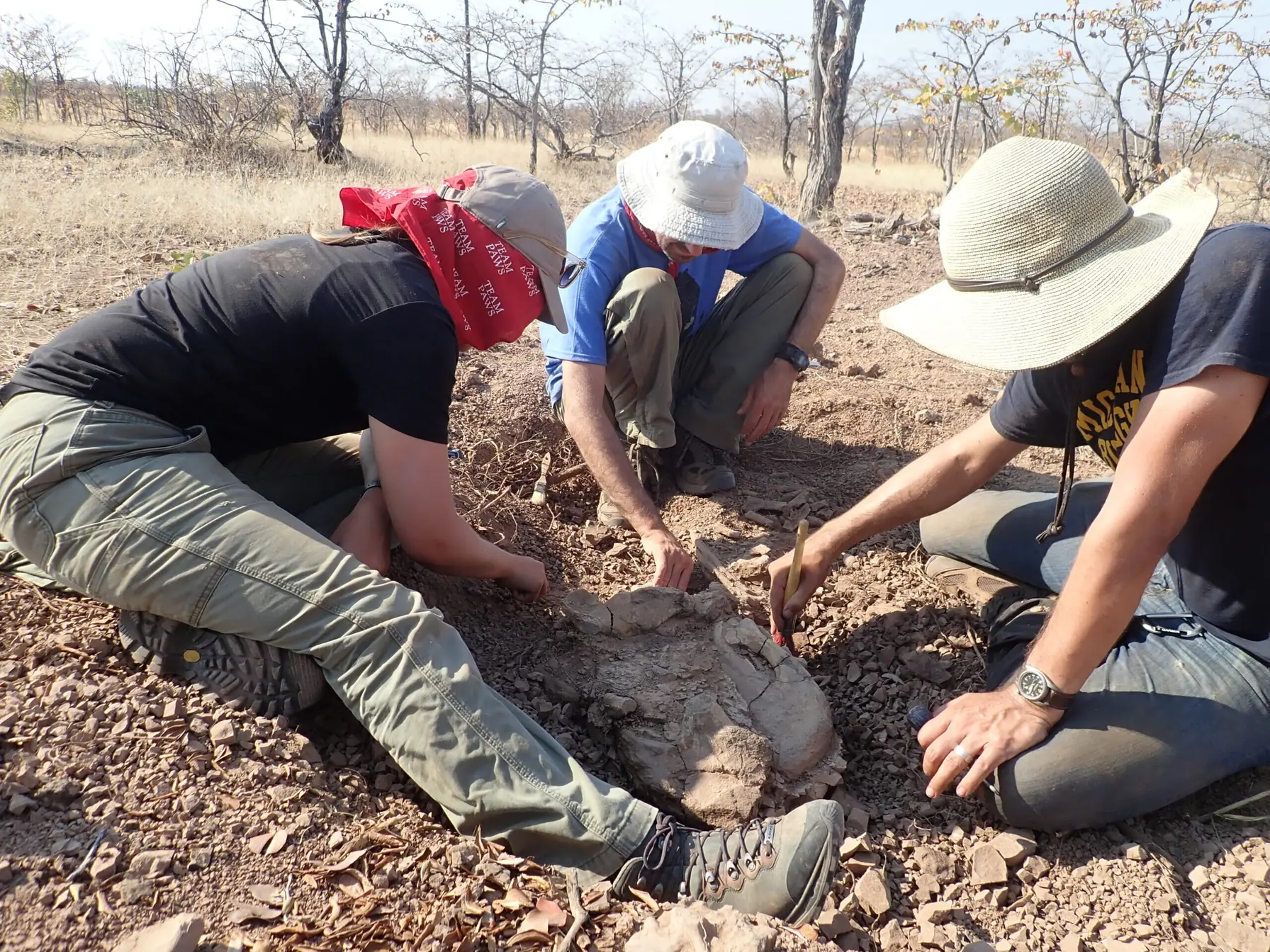
A long-running expedition across Tanzania and Zambia uncovers Permian fossils that illuminate life on land before Earth's largest mass extinction.
New Permian Africa Fossils Redefine Life Before the Great Dying
An international team led by the University of Washington and the Field Museum has spent more than 15 years excavating fossils in southern Africa to fill gaps in the Permian record. Base sites include the Ruhuhu Basin in Tanzania and the Luangwa and Mid-Zambezi basins in Zambia. The team describes new species of dicynodonts, saber-toothed predators called gorgonopsians, and a large temnospondyl, all from before the end-Permian extinction. Several specimens were recovered from older collections and will be returned to Tanzania and Zambia after analyses.
They published a 14-article series in the Journal of Vertebrate Paleontology detailing these discoveries. The work allows direct comparisons between Africa and other regions, offering a broader view than the Karoo Basin alone. The fossils are described as exquisitely preserved, enabling species-level comparisons that sharpen our understanding of life just before the Great Dying.
Key Takeaways
"This mass extinction was nothing short of a cataclysm for life on Earth, and changed the course of evolution."
Sidor on the scale of the end-Permian event
"I know of no better place on Earth for getting sufficient detail of this time period to make such detailed conclusions and comparisons."
Sidor on the global fossil record in Africa
"We can really start to ask questions about who survived and who didn't."
Sidor on research implications
By expanding the geographic scope of the Permian record, the researchers challenge a Karoo-centric narrative and highlight a more global pre-extinction ecosystem. The new material suggests regional variation in predators, herbivores, and aquatic-adapted forms that persisted until the die-off, underscoring the complexity of the crisis.
Yet the project also raises questions about field ethics, governance, and heritage. With fossils slated to return to Tanzania and Zambia after study, the work sits at the intersection of science and cultural stewardship, reminding readers that breakthroughs come with responsibilities beyond the lab.
Highlights
- Africa's fossils rewrite the end Permian chapter
- Exquisite bones open a global view of a vanished world
- Great Dying era finally gets its full map
- Ancient bones connect continents and timelines
Repatriation and political sensitivity risk
The international fieldwork involves agreements with Tanzania and Zambia, and fossils are slated to be returned after study. This raises questions about ownership, local benefit, and heritage protection, which could lead to political sensitivity or public scrutiny.
As new fossils push the timeline farther back, the story of life on Earth becomes ever more interconnected.
Enjoyed this? Let your friends know!
Related News
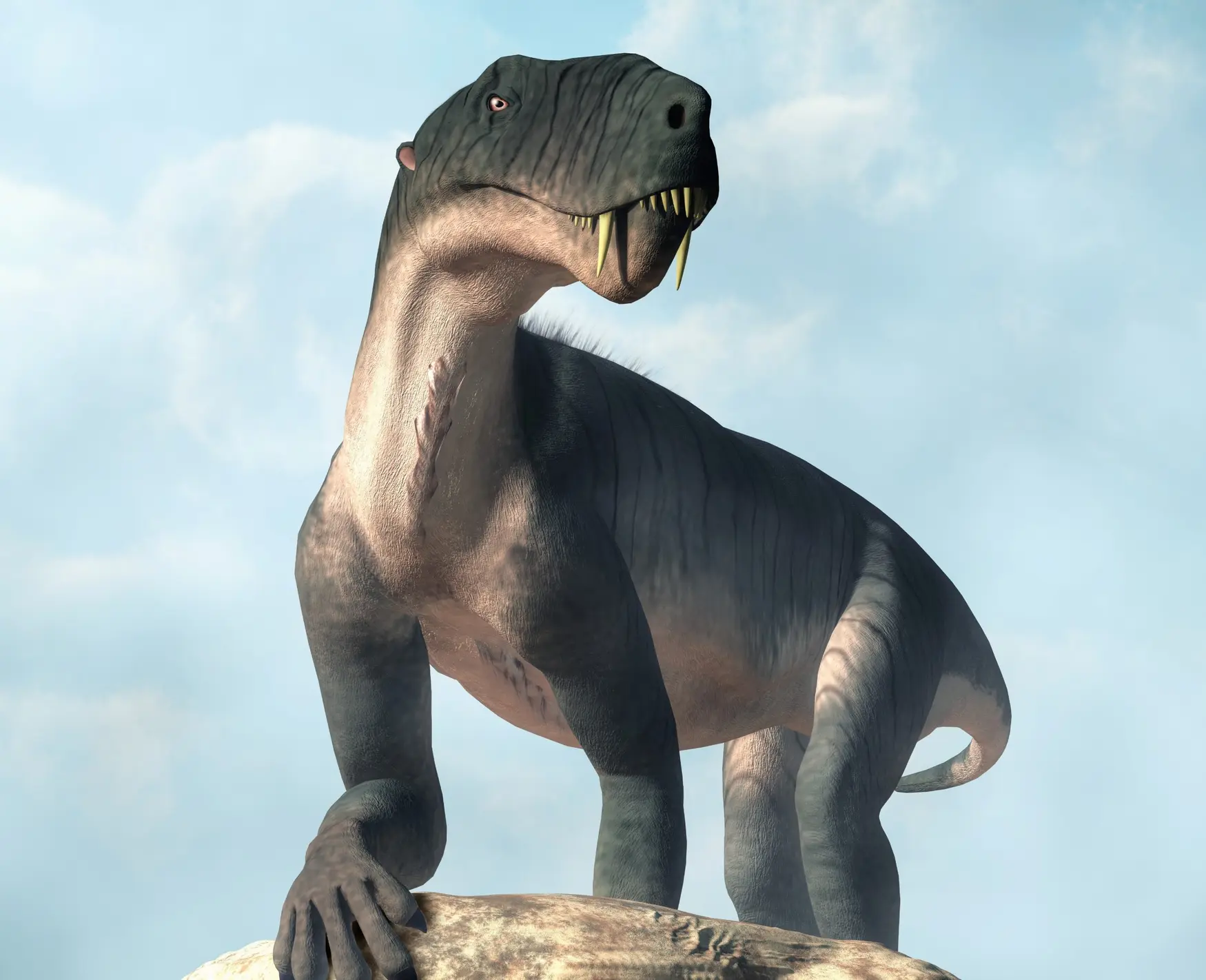
Fossil finds show thriving Permian life before extinction

Proteins Extend the Human Evolution Narrative Beyond DNA
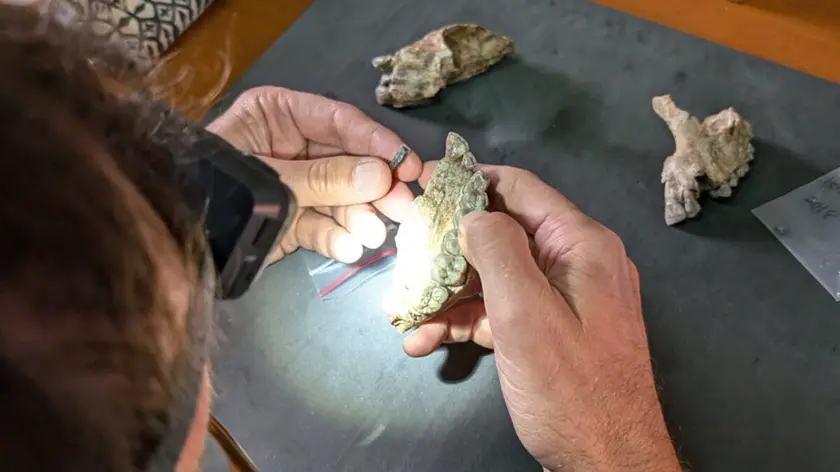
Unknown Humanlike Relative Found in Ethiopian Fossils
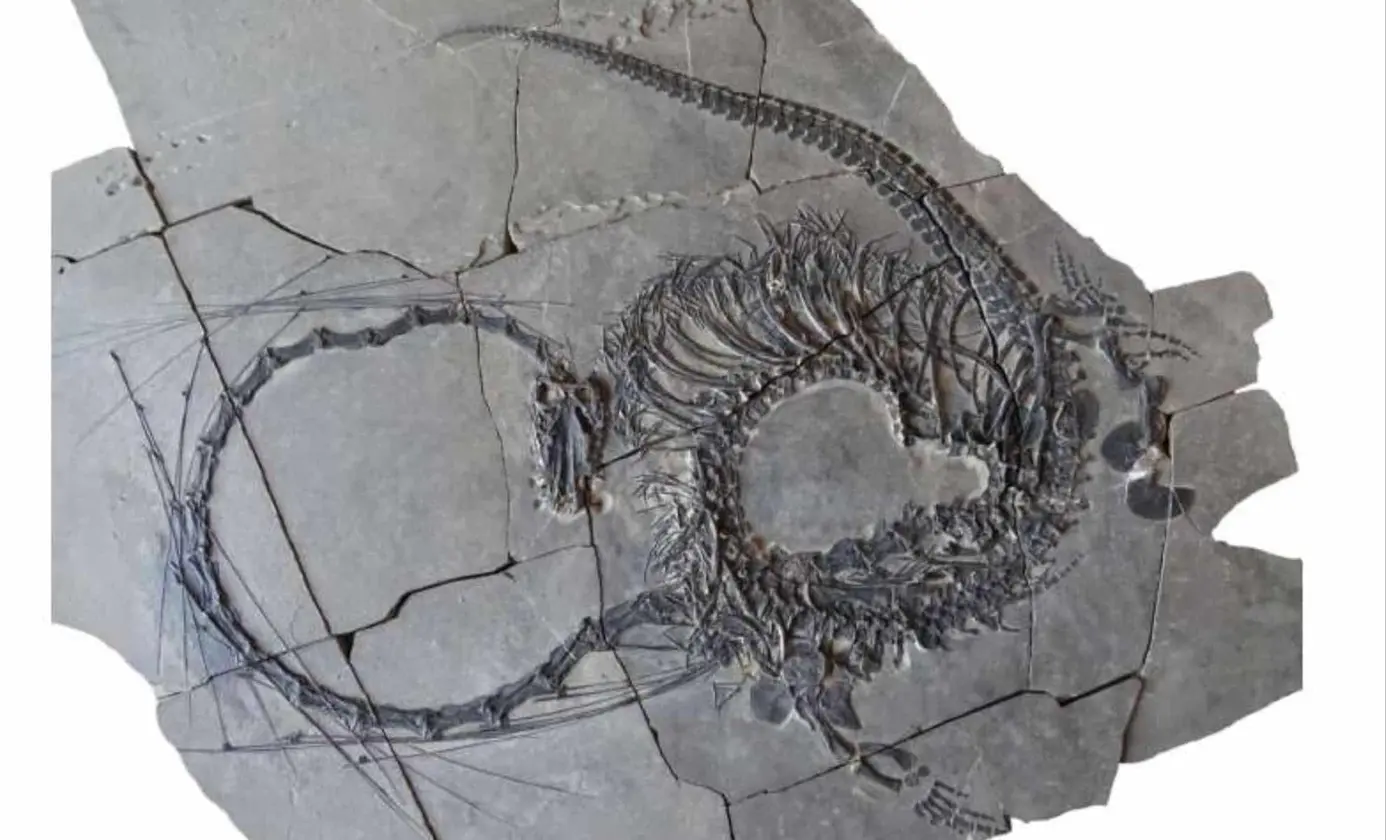
Triassic Dragon Fossil Found
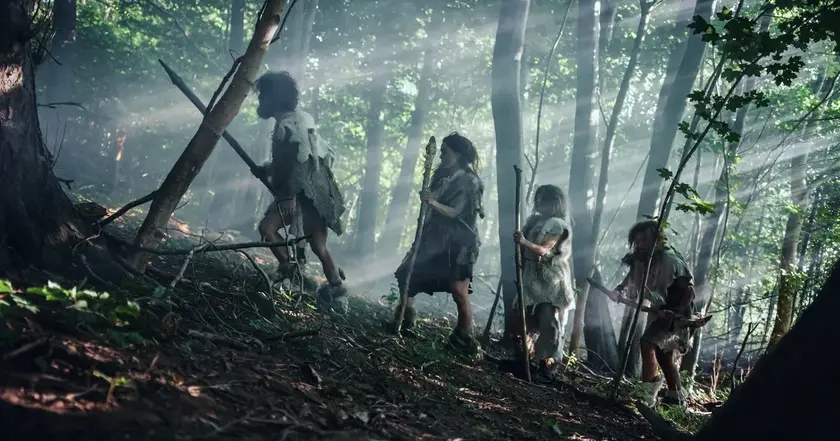
New Theory Rewrites Human Evolution History
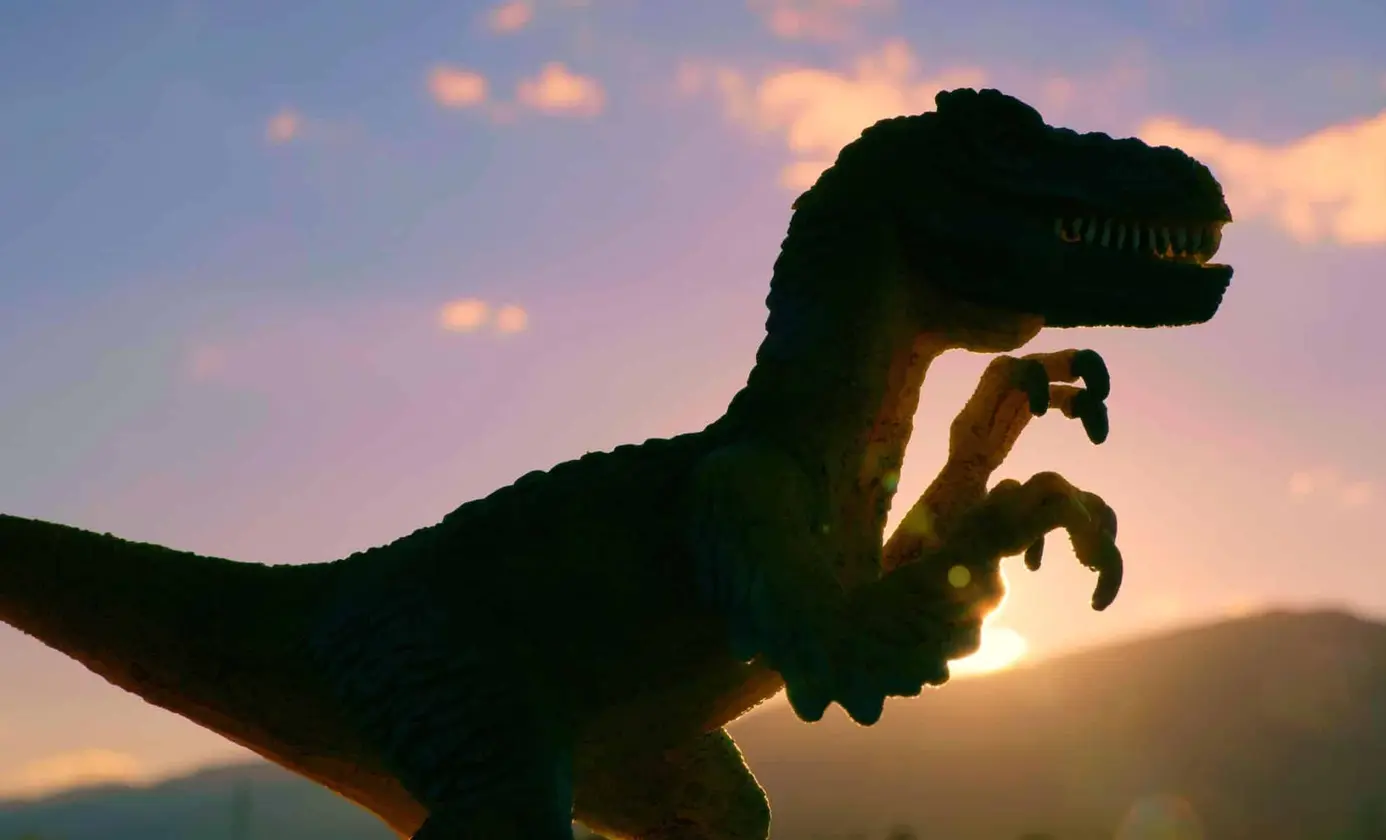
New fossil discovery changes views on early dinosaurs
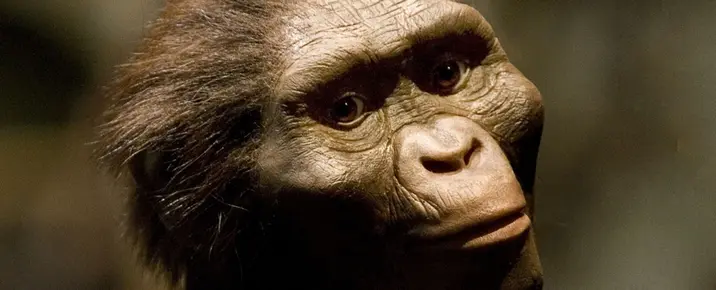
Ancient teeth reveal hominin overlap in Ethiopia
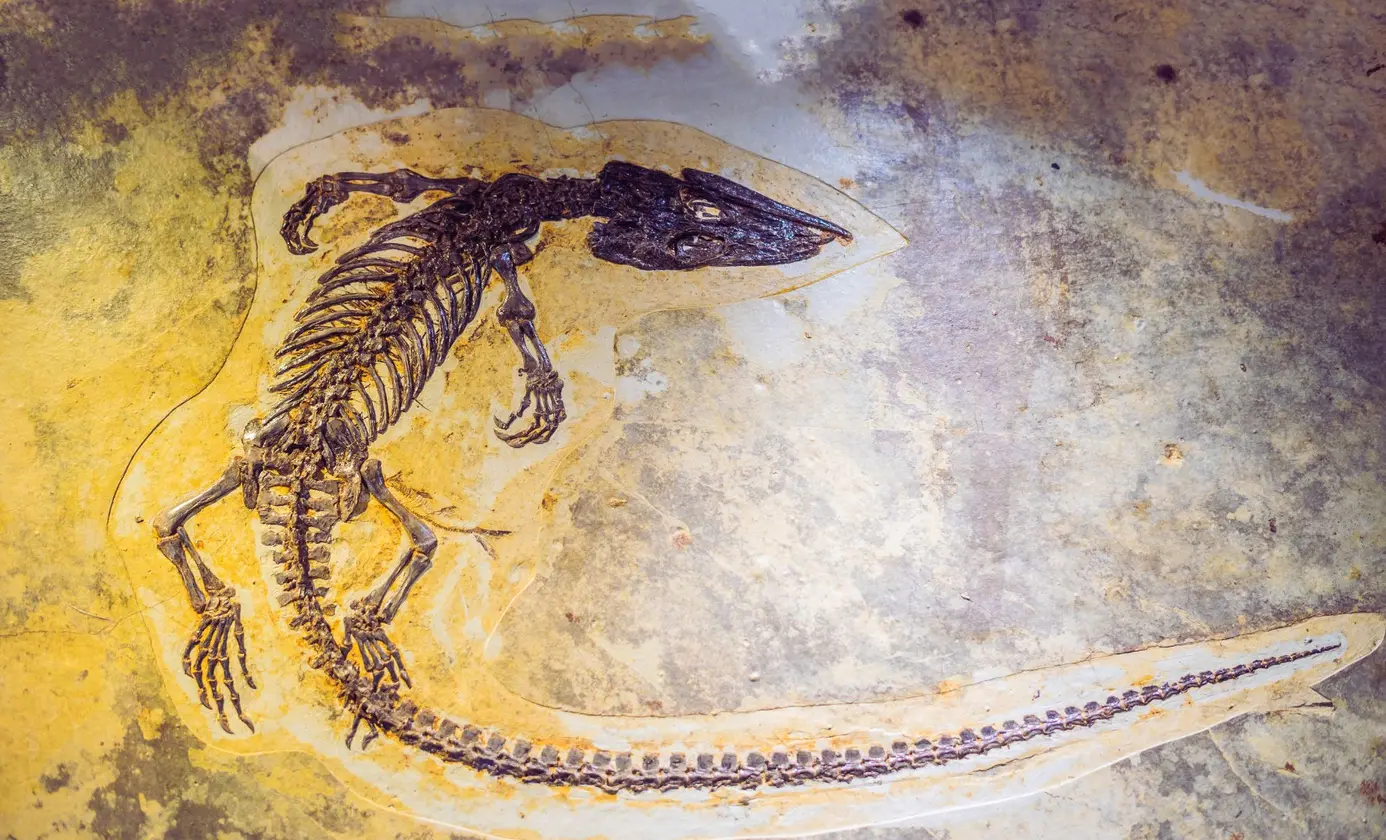
Oldest docodontan fossil found in Greenland
